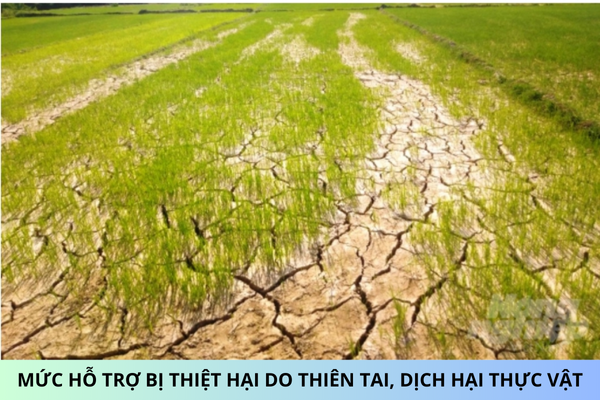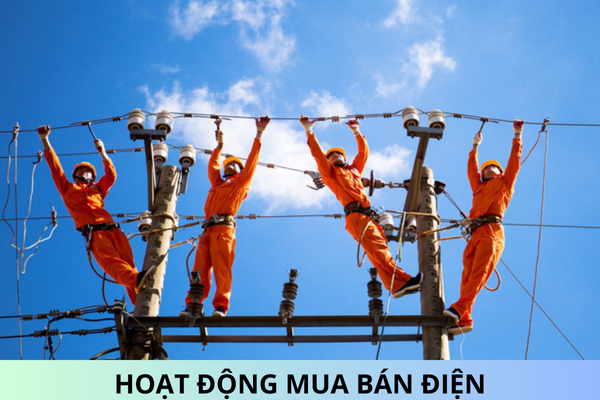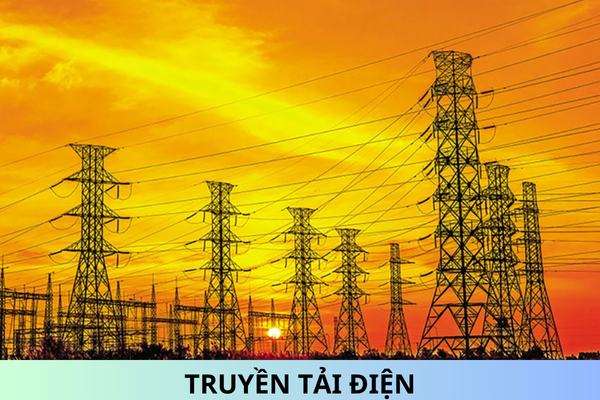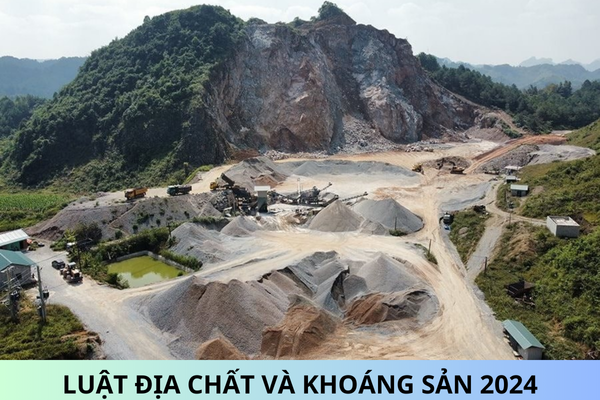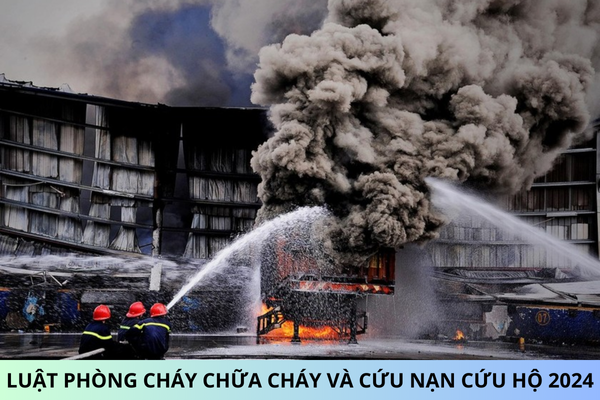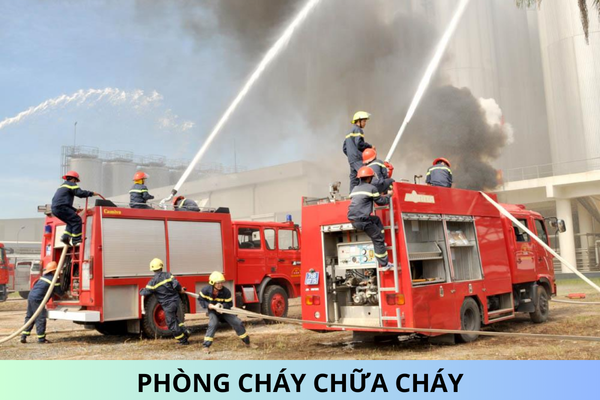What are regulations on listing the component indicators of hazard, exposure, sensitivity and adaptability to climate change in Vietnam?
What are regulations on listing the component indicators of hazard, exposure, sensitivity and adaptability to climate change in Vietnam? What are regulations on collecting hazard data, exposure, sensitivity and adaptability to climate change in Vietnam? What are regulations on assessing the quality of information, data and hazard outputs, exposure, sensitivity and adaptability to climate change in Vietnam?
Thank you!
What are regulations on listing the component indicators of hazard, exposure, sensitivity and adaptability to climate change in Vietnam?
In Subsection 3, Section II, Appendix I.1 in Appendix I issued together with Circular 01/2022/TT-BTNMT has the following provisions:
3. Make a list of component indices
The selected component indicators should be described together with other relevant information. For each component index, the following main contents should be included:
- Brief description of the component index;
- the index (e.g. hazard, exposure, susceptibility) and risk factor (e.g. rainfall, growing area, type of crop) that the component index represents;
- Briefly explain the reason for choosing the component index;
- Spatial extent (province, district, commune or region/area...) of the component index data. The unit of measure or the required spatial resolution of the component index data;
- the time range of the component index data;
- Interpretation of scores (high or low) corresponding to reduced or increased vulnerability, risk;
- Existing and potential data sources (if any).
What are regulations on collecting hazard data, exposure, sensitivity and adaptability to climate change in Vietnam?
Pursuant to Subsection 1, Section III, Appendix I.1 in Appendix I issued together with Circular 01/2022/TT-BTNMT has the following provisions:
1. Data collection
Collecting past and future data to make an assessment is necessary. For the past, the measured data are usually available. For the future, climate change scenarios and climate projections are used to describe hazard composition indicators, sensitivity and exposure.
Various methods can be used to collect the data needed for hazard identification, exposure, sensitivity and adaptability, including:
- Expert assessment: professional knowledge, local knowledge are important sources of information for assessment. Expert judgment should be used and supplemented with quantitative data where available.
- Interview surveys: interview survey data are often aggregated (eg, from community level to provincial level), interpolated or extrapolated before they are included in the assessment. For example, information on household income, education, and irrigation techniques are often collected by means of interviews.
- Modeling: models can be used in the assessment to estimate current and future hazards (e.g. changes in temperature or precipitation), sensitivity or exposure as well as current and potential future effects of climate change (e.g. runoff for a given amount of rainfall, changes in crop yields due to temperature changes).
For future data, can be mined from the following sources:
- Climate change scenarios: results of climate change simulation models are often used to consider possible future climate change. However, when applied to specific cases, such as crop forecasting models, it is necessary to use downscaling methods (i.e. lowering spatial and temporal resolution) with respect to areas at risk of injury or risk. Climate projections are inherently uncertain and precise, so expert consultation is required regarding the uncertainty associated with scenarios and lowering of resolution.
- Information and data on sensitivity and exposure: must be consistent with climate projections, since exposure is closely linked to development, sensitivity and exposure presented in the socio-economic system should be determined at the same time. In addition, uncertainty also needs to be taken into account.
- Combine information and data: climate change scenarios, sensitivities and exposures need to be combined to analyze potential future climate change impacts.
What are regulations on assessing the quality of information, data and hazard outputs, exposure, sensitivity and adaptability to climate change in Vietnam?
According to Subsection 2, Section III, Appendix I.1 in Appendix I issued together with Circular 01/2022/TT-BTNMT has the following provisions:
2. Assess the quality of information, data and outputs
Checking the quality of information, data and outputs is a must, including quantitative and qualitative information and data.
For information, quantitative data, it is necessary to check the following factors:
- Quality and format of information and data;
- Spatial extent (province, district, commune or region/area…) and time;
- Information, data not available;
- Outliers in information, data and their origin.
For information, qualitative data, it is necessary to check the following factors:
- Information and data expressing the views of interested parties;
- Accurately explain words or terms used in qualitative assessments (which may vary between languages or regions).
Information, data inputs and outputs, whether quantitative or qualitative, may be subject to uncertainty. The uncertainty in the assessment is mainly due to the following reasons: the models and scenarios used, the data and the nature of the selected component indicators. An assessment of the reliability of the results needs to be performed for the interpretation of the results. The assessment of confidence level for each climate change impact should be carried out with minimum classifications such as “low”, “medium” or “high”.
Best regards!
